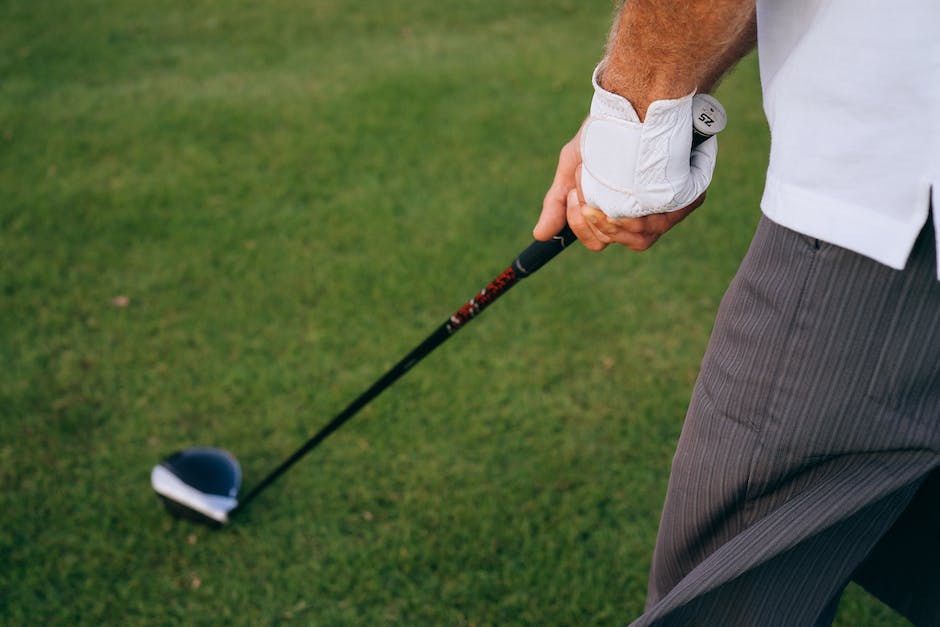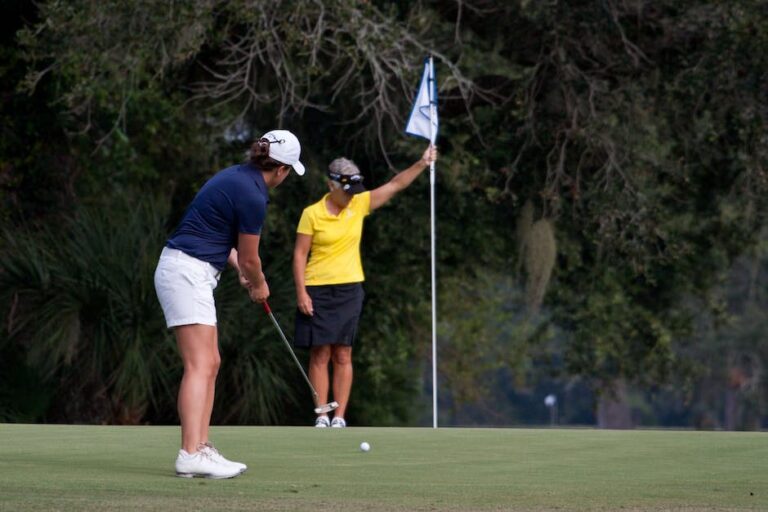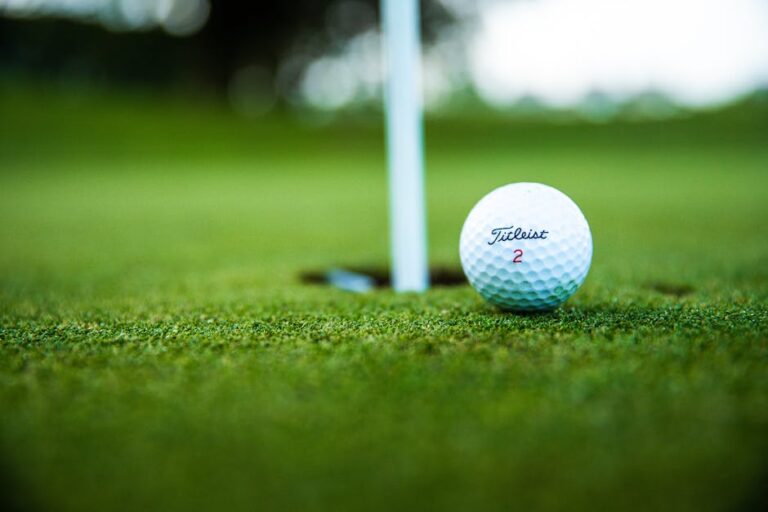The Fundamentals of Proper Disc Golf Grip
Why Grip Matters in Disc Golf
The grip is one of the most important aspects of disc golf. A good grip can help you improve your control, accuracy, and distance. On the other hand, a bad grip can lead to inaccurate throws and a lack of power.
One of the reasons why grip is so important in disc golf is because of the variety of throws in the game. You need to be able to adjust your grip for different shots, including backhands, forehands, and overhands. Each throw requires a slightly different grip, so it’s important to know how to execute each one.
Another reason why grip is important is because it affects the flight of the disc. The angle of release, the spin, and the [wrist](http://bigislanddiscgolf.org/2023/05/06/the-importance-of-wrist-snap-for-accurate-throws/) extension can all affect the flight of the disc. A good grip can help you achieve the right combination of these factors, ensuring that the disc flies the way you want it to.
The Basic Disc Golf Grip Technique
The basic grip technique for disc golf is called the fan grip. To execute the fan grip:
- Place your pointer finger on the rim of the disc, at about 10 o’clock for right-handed throwers (2 o’clock for left-handed).
- Place your middle finger next to your pointer finger, touching it slightly.
- Place your ring finger and pinky finger on the underside of the disc rim.
- Finally, tuck your thumb under the disc, touching the fingertips of your ring and pinky fingers.
This grip is perfect for straight shots, hyzer shots, and anhyzer shots. It provides a good balance between accuracy, control, and distance.
The Power Grip: When to Use It
The power grip is a variation of the fan grip that is used for maximum distance shots. To execute the power grip:
- Place your middle finger and ring finger on the underside of the rim, with your middle finger slightly further towards the center of the disc.
- Place your pointer finger on top of the rim, with the first joint of the finger touching the disc.
- Place your pinky finger on the rim, next to your ring finger.
- Finally, tuck your thumb under the disc, with the fingertips of your thumb touching your middle and ring fingers.
The power grip provides more leverage on the disc, allowing you to generate more speed and distance. However, it sacrifices some accuracy and control. It’s best used for open field shots where you can afford to take some risks. Use the fan grip for shots that require accuracy and control.
How to Perfect Your Grip Pressure
Just as important as the type of grip you use in disc golf is the amount of pressure you exert on the disc. Too much pressure can lead to a release that is too early or too late, while too little pressure will cause a weak throw that falls short of your target.
To get the correct grip pressure, follow these steps:
- Hold the disc loosely in your hand, then squeeze it tightly until you feel the disc starting to slip out of your hand.
- Relax your grip slightly until you no longer feel the disc slipping.
- You should feel a comfortable, firm grip without any tension.
It is important to note that grip pressure can vary from shot to shot. For short putts, you may want to use a tighter grip to ensure accuracy, while for longer throws, a looser grip can allow for more snap and distance. Practice makes perfect, so experiment with different pressure levels and find what works best for you.
Adjusting Your Grip for Different Throws
As mentioned, different throws require different grip techniques. Here are some tips on how to adjust your grip for various shots:
- Backhand throw: Use the fan grip with your thumb pointing straight up the center of the disc. This grip allows for a clean release and good accuracy on backhand throws.
- Forehand throw: Use a modified version of the power grip, where your thumb is extended out along the rim of the disc. This grip provides more control and stability for forehands.
- Overhand throw: Use a grip similar to the fan grip, but with your fingers curled around the rim instead of underneath it. This grip allows for a better release on overhand throws.
When practicing your throws, focus on the grip as much as on the release. You may need to experiment with different grips until you find what works best for your individual throwing style. Remember, the key is to find a grip that gives you the most accuracy and distance for each type of throw.
Common Grip Mistakes to Avoid
Now that you know the basics of a good grip, let’s talk about some common grip mistakes that you should avoid:
-
Gripping too tightly: As mentioned, a grip that is too tight will lead to a lack of control and accuracy. Make sure to find the right amount of pressure for each shot and avoid squeezing the disc too hard.
-
Rounding your wrist: When holding the disc, keep your wrist straight and in line with your forearm. Rounding your wrist can cause the disc to wobble and veer off course.
-
Not utilizing your off hand: Your off hand can assist with stabilization and control during the throw. Make sure to use it when you need it, such as during putts or when battling windy conditions.
-
Changing your grip mid-throw: Once you have your grip, try to maintain it throughout the entire throwing motion. Repositioning your hands mid-throw can cause the disc to release unevenly and lead to inconsistent shots.
By avoiding these common grip mistakes, you can improve your overall disc golf game and become a more consistent and accurate player.
Practice Makes Perfect: Improving Your Grip Over Time
Like any skill in disc golf, perfecting your grip requires practice and patience. Start by incorporating grip-focused drills into your practice routine. Some common drills include:
- Grip lock practice: Focus on maintaining your grip throughout the throwing motion, from backswing to follow-through.
- Touch shots: Practice throws with a softer grip to develop touch and accuracy on short shots.
- Distance throws: Experiment with your grip pressure and technique to find what works best for maximum distance and accuracy.
In addition to drills, it is also important to pay attention to your grip during actual rounds of play. Take note of which grips work best for specific shots and situations, then repeat those techniques in future rounds.
Remember, grip is just one aspect of the complex game of disc golf. With practice and perseverance, you can develop a strong grip technique that works best for you and take your game to new heights. Happy throwing!







